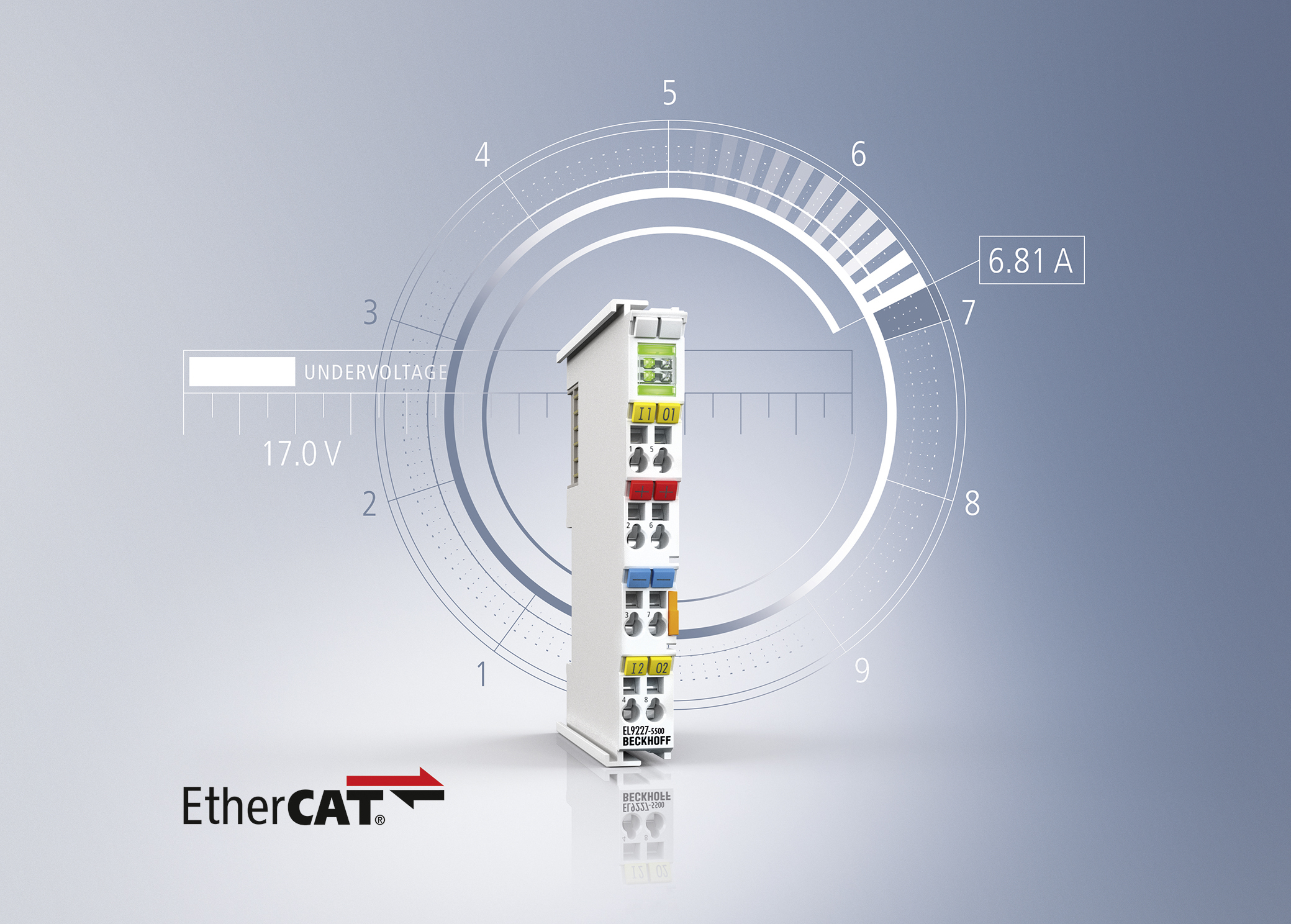In order to have a discussion about artificial intelligence, we need to understand what intelligence is. Just defining what intelligence is, is no small thing. Mankind has been trying to define it for as long as we have been around. Rats can exhibit considerable intelligence by solving a maze using cognitive and problem solving intelligence. Broadly speaking, intelligence involves a great deal more complexity; perception of surroundings, perception of self, the ability to learn new information, accumulate experiences and integrate them into new knowledge, the ability to solve problems. In humans this includes the ability to design and fabricate tools for a required purpose, the ability to abstract and reason inductively and deductively, the ability to theorize and speculate (and to know the difference), and the raw ability to create, both purposefully and for entertainment. Pretty impressive stuff.
Modern industry uses very specific forms of intelligence modeled from human intelligence. Control system software attempts to embody our understanding of a process requirement as code. It cannot be created and does not operate without human intelligence, supervision or intervention. Industrial controls do not ‘discover’ new rules for operation by themselves. Machines do not diagnose and repair themselves, although we have entered an age where this is possible to a minimal extent. In any modern control system, it is possible to set up a diagnostic circuit around an input or output that allows the control system to detect a faulty condition and circumvent it. However, as we consider the intelligence required to accomplish this, it requires considerable forethought both from a programming and hardware standpoint. When we capture performance data over time and measure it mathematically to evaluate the “health” of a particular process or system, these properties of the controller have to all be anticipated, designed conceptually, and then rendered as hardware and software.
Machines cannot operate at the abstraction level and formulate solutions for how a process or control system should operate. Nor can they write their own code, or program themselves, etc. Machines cannot design anything new. But computer programs like CAD and FEA can accelerate human design work by hundreds of times. Computers, and control systems, are powerful tools designed and created by human beings to solve complex problems. And for the foreseeable future, things should remain that way.
Filed Under: Mechatronic Tips



